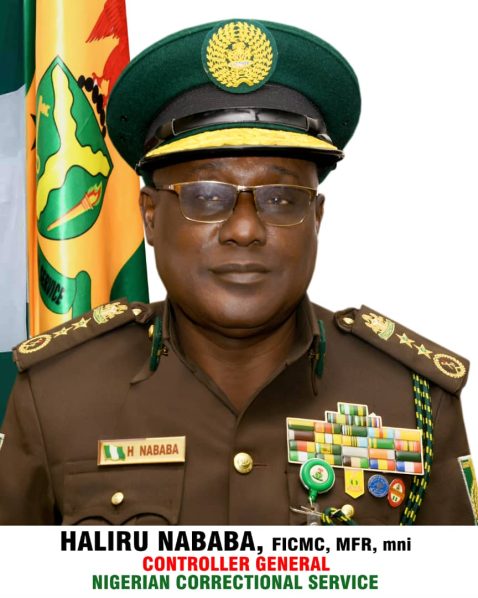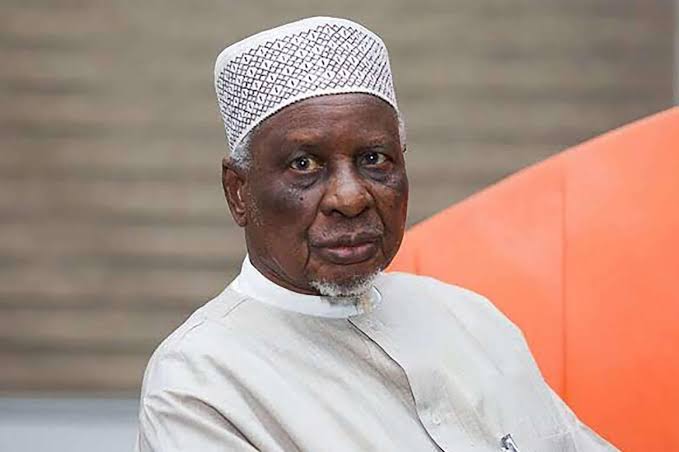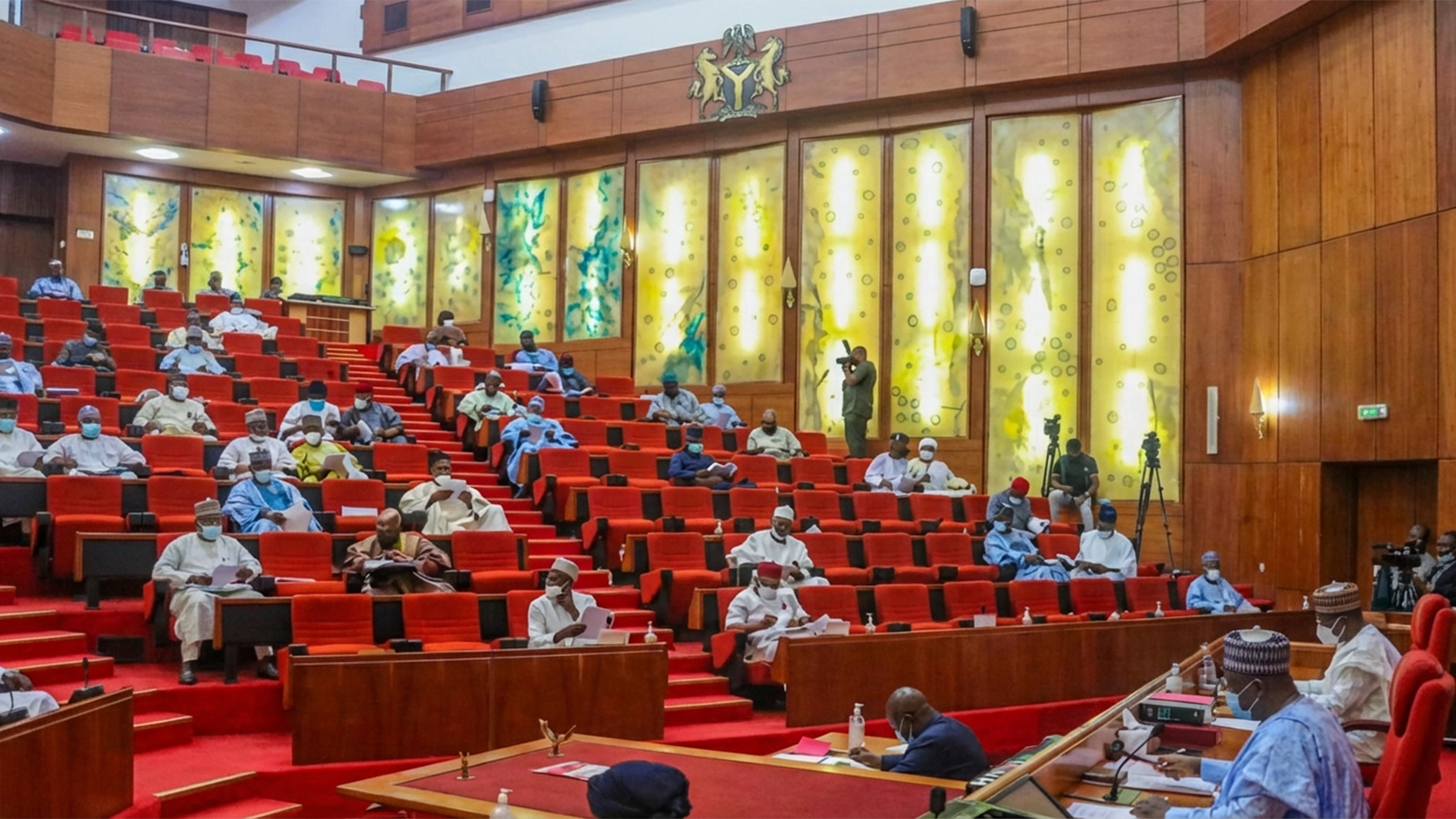
The Nigerian Correctional Service (NCoS) has witnessed a series of attacks on its custodial facilities, but the one on the Kuje Medium Security Custodial Centre in the Federal Capital Territory (FCT), Abuja on July 5, 2022, shocked the entire nation. In this report, TINA ABEKU looks at what is being done to forestall a recurrence.
A year and four months after the attack on the Kuje Custodial Centre, the incident is still fresh in the minds of Nigerians. It was a night of terror for residents of Kuje, who scampered for safety, following heavy gunshots and sounds of explosives.
A Terrorist group later identified as the Islamic State West Africa Province (ISWAP) breached security in the facility, and after heavy bombardment, facilitated the escape of over 60 terrorists from the high-profile facility.
The terrorists allegedly accessed the facility with little or no challenge and also left without being caught after an hour-long operation after successfully rescuing their colleagues.
Described as one of the dark days in the history of NCoS, a national embarrassment, and a poke in the eye of the country, the attack resulted in the escape of about 64 suspected terrorists.
Today, Nigerians are asking, what has changed, and how such attacks by enemies of the state can be forestalled. Questions are also being asked about the place of technology in securing such facilities across the country, and what needs to be done to fortify them.
Echoing the concerns of those wondering if necessary steps have been taken by the government to check future prison breaks, the Country Director, of ActionAid, Nigeria, Ene Obi, stressed the need for an improvement in the level of security around custodial facilities.
“I know that they will be more security conscious, but with the kind of heavy arms that the terrorists used during the attack and also the lack of heeding to warnings, Nigerians would want to know if identified loopholes or gaps have been closed and if a general look at the entire security architecture for Nigeria has been taken. I must also add that there are so many reasons for one to be worried about the security architecture because as long as we are not planning or focusing on creating jobs, the prisons will be full and then there will be more attacks,” Obi warned.
For a security professional, Mr Wilson Esangbedo: “To prevent future attacks, the government needs to do a security audit of the correctional facilities to identify physical security lapses, the extent, and the coverage of CCTV.”
He stated that the first layer of defence, which is to have armed correctional officers must be evaluated, adding that partnerships with sister security agencies such as the Nigeria Security and Civil Defence Corps (NSCDC) are essential to provide a second layer of security outside the premises.
“The third layer of security, which is the checkpoints around the prison facility, should be provided by the police. If this is done, there will be better security at our correctional facilities,” he suggested.
The National President of Association of Licensed Private Security Practitioners of Nigeria, Mr Chris Adigwu is of the view that to effectively address this challenge, it is essential to explore the potential contribution that private security companies have in securing correctional facilities.
According to him, specialised expertise is needed and private security companies possess that specialised knowledge, skills, and experience in security operations. “They can provide correctional facilities with professional security personnel who are trained in threat assessment, risk management, and crisis response.
“By leveraging their expertise, private security companies can help correctional facilities identify vulnerabilities, develop robust security protocols, and implement effective security measures,” he said.
On intelligence gathering and analysis, Adigwu said private security companies could provide valuable intelligence gathering and analyses to correctional facilities. By monitoring external threats, tracking criminal activities, and analysing emerging trends, he said, they can also assist in identifying potential risks and vulnerabilities.
“This proactive approach enables correctional facilities to implement preemptive security measures and enhance their overall security posture,” he said.
Founder and Director of Prisoners’ Rehabilitation and Welfare Action (PRAWA), Dr Uju Agomoh, advised the Nigerian correctional agency to take serious intelligence or information provided on the attack and use it to improve the system.
Another security expert, Dr Hassan Saddiq, understanding what constitutes maximum prison security would enable the government to know exactly what to do in terms of physical security.
He said: “In terms of physical security, the walls, the technology, and the monitoring of the facility among others come into play to protect the facilities from intruders. The perimeter fence must be built properly. Having technology that can aid in monitoring, well-fortified gates that can be electronically opened and closed would be good to secure the correctional facilities.”
He continued: “Authorities must take any information that they are privy to seriously because there is a tendency to ignore intelligence or pre-information that something is going to happen. Rather than wait until it happens, they should be proactive to ensure that certain things are put in place to forestall such attacks. These will help, not only in the Kuje facility, but across the country,” he suggested.
The Public Relations Officer of the NCoS, Abubakar Umar, while intimating The Guardian of efforts at securing the facilities, said several, very strategic preventive measures taken by the service to avert such an ugly incident.
“A lot of developments and checks have come into force not only in the Kuje facility, but across the country to protect the custodial centres. For example, before the unfortunate incident, we never had what we refer to as ‘The Situation Room,’ where we monitor our facilities live from the National Headquarters.
“We have upgraded security in all our custodial centres. We can even monitor what is happening 200 meters away from our facilities and if we see any unwanted persons, or issues within our facility, we will be able to address them immediately.
“Furthermore, the issue of collaboration among security agencies has greatly improved. We have the Nigeria Army, the Department of State Services (DSS), the Nigerian Police and the Ministry of Interior Task Force comprising the armed squads of the NCoS, the Nigerian Immigration Service, and the NSCDC that formed the team of the interior task force guarding the facilities,” he said.
According to him, there has indeed been a remarkable improvement one year after the Kuje attack, including more engagements and rehabilitation of inmates in Kuje and other centres.
He stated that the service has added more vocational training to its offerings. So, skills like carpentry, welding, building technology, and other skills are being taught, while attention is also paid recreational activities, including sports. These engagements, he pointed out, help to rid the minds of the inmates of any evil thoughts, including that of attempting to discharge themselves illegally (prison break or escape).
Umar explained that in terms of physical infrastructure, remarkable improvements have been made in replacement of some of the aging structures, with modern designs that will further secure the facilities, especially doubling the custodial facilities walls with concrete, making them bulletproof and difficult to break through.
“There is, of course, improved security around the perimeter walls of our centres, which is ongoing, and this includes erecting modern walls that the inmates will find difficult to penetrate. Not only the inmates, would-be attackers will also find it difficult to get through the concrete walls that we are putting in place. So, a lot of work is ongoing in this regard to ensure that our facilities are well secured,” he said.
Explaining further changes and efforts at boosting security in the facility, the Deputy Controller of Corrections in charge of the Kuje Custodial Centre, Christopher Jen, said that increased surveillance and monitoring mechanisms that are technologically driven have also been put in place, and this has further boosted the security of the centre, in addition to other physical measures.
Jen said: “After the incident, the service has made tremendous effort to ensure that both the structural, human development capacity, as well as the technological aspect of security are all being put in place to forestall any other kind of occurrence.
“Not only that, outside the facility, there is heavy presence of more security agents, including the army, the police, the civil defence, the immigration, and our armed squad. All of them are working in synergy to ensure that we can take care of any eventuality.”
Located some 51.8 kilometres (roughly an hour’s drive from the Presidential Villa, Aso Rock) the Kuje custodial facility is home to mostly high-profile inmates, including corrupt political convicts, notorious Boko Haram terrorists, including Kabiru Dikko, also known as Kabiru Sokoto, former House of Representative member, Farouk Lawan, super cob, Abba Kyari, and one-time chairman of the Pension Reform Task Force, Abdulrasheed Maina.
Before the prison break at the Kuje facility, similar attacks took place at various custodial centres in Jos, Edo, Abolongo in Oyo, Kabba in Kogi State, and Owerri in Imo State. Over 1, 000, inmates escaped during these attacks some of whom are still at large.
Following the Kuje incident, President Muhammadu Buhari, expressed disappointment with the intelligence system at the centre. Also, former Minister of Interior, Rauf Aregbesola, who toured the Kuje facility after the attack, also expressed disappointment and vowed that no more would such incident happen, reiterating that all custodial centres are red zones that brook no unauthorised entries, or attempted forced entry, which he said would be met with full resistance.
When The Guardian visited the facility, the outside parameter wall had been built. There is also the building of a new layer of concrete inner wall fence, more surveillance cameras, and more personnel patrolling the vicinity.
Authorities of the NCoS have, however, assured Nigerians that the Federal Government has taken very proactive steps to forestall future attacks on all custodial facilities by declaring all custodial centres in Nigeria as red zones. This, they said, means that these facilities are sacrosanct that no unauthorised person can come near them without dire consequences.






